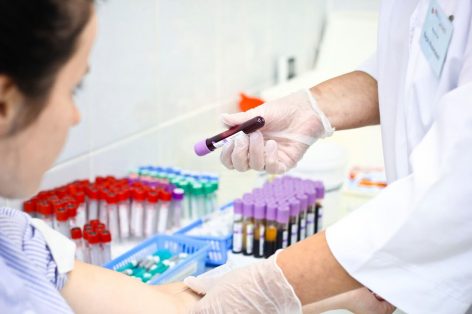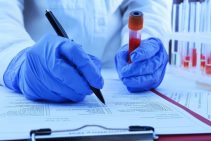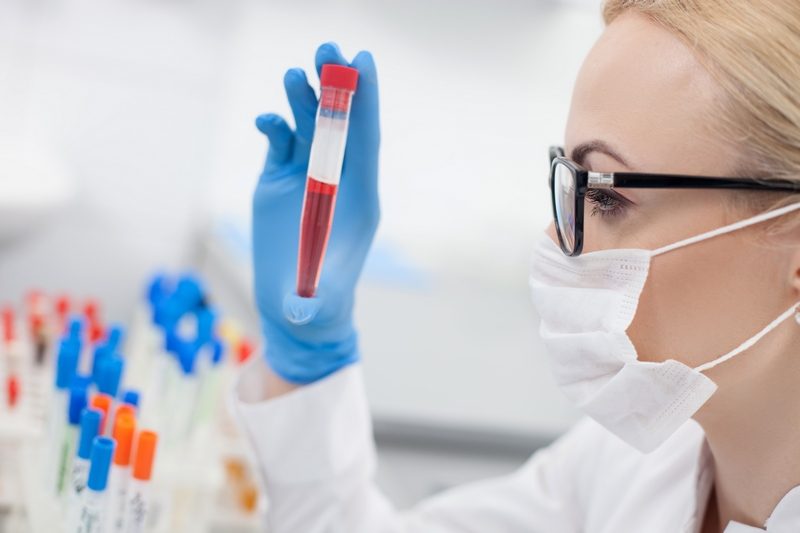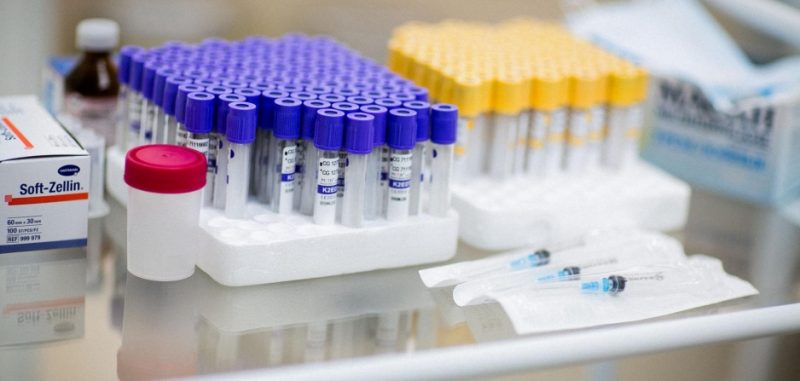Analysis for vitamin D can be taken in any modern laboratory. These medical institutions are trying to provide their customers with the best conditions, so the service takes place without waiting in long lines, in comfortable treatment rooms.
Material Content:
What a blood test for vitamin D shows
A vitamin D test shows the exact concentration of this substance in human serum.
As a rule, the analysis is prescribed in the presence of such indications:
- osteoporosis;
- any bone deformities;
- reduced growth in children;
- hypovitaminosis D;
- frequent fractures;
- hypercalcemia;
- lupus erythematosus;
- persistent bone pain;
- Crohn's disease;
- celiac disease;
- enteritis;
- pancreatitis
The study is also necessary when planning surgical intervention in the bone system (for example, prosthetics) or dental implants. People who, due to health reasons are forced to constantly stay in enclosed spaces, it is advisable to take an analysis more often in order to identify vitamin deficiency in time.
A doctor usually prescribes a referral for such an examination, but anyone who does not have special indications can take an analysis. This helps in the early stages to identify some diseases and prevent their further progression.
In osteoporosis, a minimal laboratory screening is often prescribed, which includes not only vitamin D analysis, but also general clinical blood and urine tests, studies on the level of hormones and markers of celiac disease and bone resorption.An extended examination may additionally include protein electrophoresis, food allergy tests, bacteriological tests, and fecal analysis.
Also a common research method is the Sulkovich test - a test for the amount of calcium in the urine. Most often used to control vitamin D intake to prevent overabundance.
What is this hormone responsible for
Vitamin D (25-hydroxycalciferol) is a biologically active substance, the main function of which is to ensure the full absorption of calcium and phosphorus. The main metabolite 25-OH shows the total concentration of vitamin in its subspecies - D3 (cholecalciferol, which accumulates mainly in the skin under the direct influence of ultraviolet rays) and D2 (ergocalciferol, the main sources of which are found in certain foods).
The main functions of the vitamin:
- provides normal growth and development of the skeletal system in children and schoolchildren;
- prevents the development of rickets at an older age;
- reduces the risk of osteoporosis;
- maintains normal levels of calcium and phosphorus;
- helps to fully absorb calcium and magnesium;
- lowers cholesterol concentration;
- prevents muscle weakness;
- strengthens the immune system;
- participates in the regulation of blood pressure and the work of the cardiovascular system;
- affects the normal coagulation of blood;
- normalizes the thyroid gland and kidneys.
Studies have confirmed that vitamin D slows the pathological growth of damaged cells, making it an effective assistant in the fight against cancer, autoimmune diseases, and AIDS. An insufficient or excessive level of vitamin D can be a sign of various diseases.
Analysis preparation
You can take an analysis for vitamin D without much preparation. The requirements are standard, as with any such study. The biomaterial is taken on an empty stomach. At least 9 hours (better than 12) should elapse between blood sampling and a light meal. In the morning, if necessary, you can drink some clean water. Tea, cocoa or coffee, sweet fruit juices, soda should not be drunk. For several hours before putting it is better to refrain from cigarettes.
If on the eve of the patient an angiography was performed, analysis should not be given to him, since the indicators will be incorrect (usually overestimated). After the study, at least 72 hours should pass.
The cost of the procedure depends on the particular medical center or laboratory. The price includes the cost of blood sampling and its study on the concentration of vitamin D. The cost can vary from 2100 to 3400 rubles.
How to donate blood and urine
Typically, a patient receives blood from a vein or from a finger. The procedure for collecting biomaterial from a vein is carried out using the latest vacuum systems, so pain is minimal. In some laboratories, one drop of blood from a finger is enough. This method of blood sampling is optimal for children who are always afraid of an injection into a vein. It is enough to quickly prick a finger with a lancet and squeeze out a drop of blood, which must be immediately collected with a special pipette and applied to a test plate.
A similar test can be done at home, but the plate itself with a dry drop of blood must be delivered to the laboratory for further research. In many laboratory centers, a paid home departure service is provided, which allows you to easily take the necessary material for analysis in the elderly and bedridden patients.
The analysis is performed within 1-2 days.
To take the Sulkovich test, it is enough to bring morning urine collected on an empty stomach in a disposable container. Before collecting material, you need to wash yourself.
Deciphering the result
Each laboratory may have its own measurement standards, so this item is important to clarify. Evaluation of the results is carried out by an endocrinologist.
The norm of vitamin D
When studying the results of analyzes, you should pay close attention to the units of measurement. Normative indicators range from 30 to 100 ng / ml or from 75 to 250 nmol / L. The specific level depends on the age of the patient, the nature of the menu, season, ethnicity.
Vitamin D Increased
Elevated values are above 100 ng / ml or 250 nmol / L.
With these results, the patient has such symptoms that resemble toxic poisoning:
- impaired appetite;
- nausea;
- weakness, irritability, fatigue;
- vomiting
- increase in normal temperature;
- insomnia.
This happens due to excessive exposure to the body of solar radiation or an overdose of vitamins.
Lower hormone values
Indicators from 0 to 10 ng / ml or from 0 to 25 nmol / l indicate a vitamin deficiency, from 10 to 30 ng / ml or from 25 to 75 nmol / l - its insufficient level.
List of diseases in which there is a decrease in concentration:
- rickets;
- cirrhosis of the liver;
- thyrotoxicosis;
- cystic fibrous osteitis;
- pancreatic and renal failure;
- bowel resection.
Also, vitamin deficiency can be observed during the period of bearing a child or taking potent anticonvulsant drugs and glucocorticoids. The lack of this substance increases the risk of oncology, diabetes, multiple sclerosis, tuberculosis and many diseases of the cardiovascular system.
Studies confirm that in most of the population there is a hidden, in no way externally manifest vitamin deficiency. Fortunately, this can easily be removed with the help of specially selected nutritional supplements and vitamin complexes.
The risk group, as a rule, includes the following categories:
- children;
- future mothers;
- elderly people;
- Vegetarians
- persons who for health reasons cannot stay outside or cannot tolerate the sun;
- patients with severe metabolic disorders;
- postmenopausal women;
- people with dark skin color.
The optimal period for taking the analysis is from mid-winter to mid-spring, when due to the lack of sunny days, many people sharply decrease their vitamin levels.


















